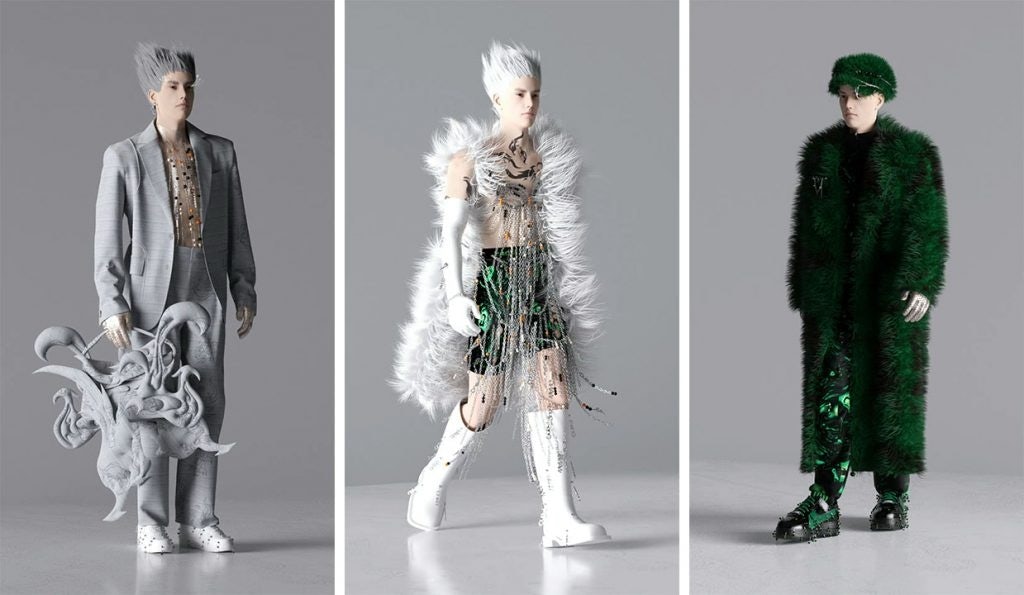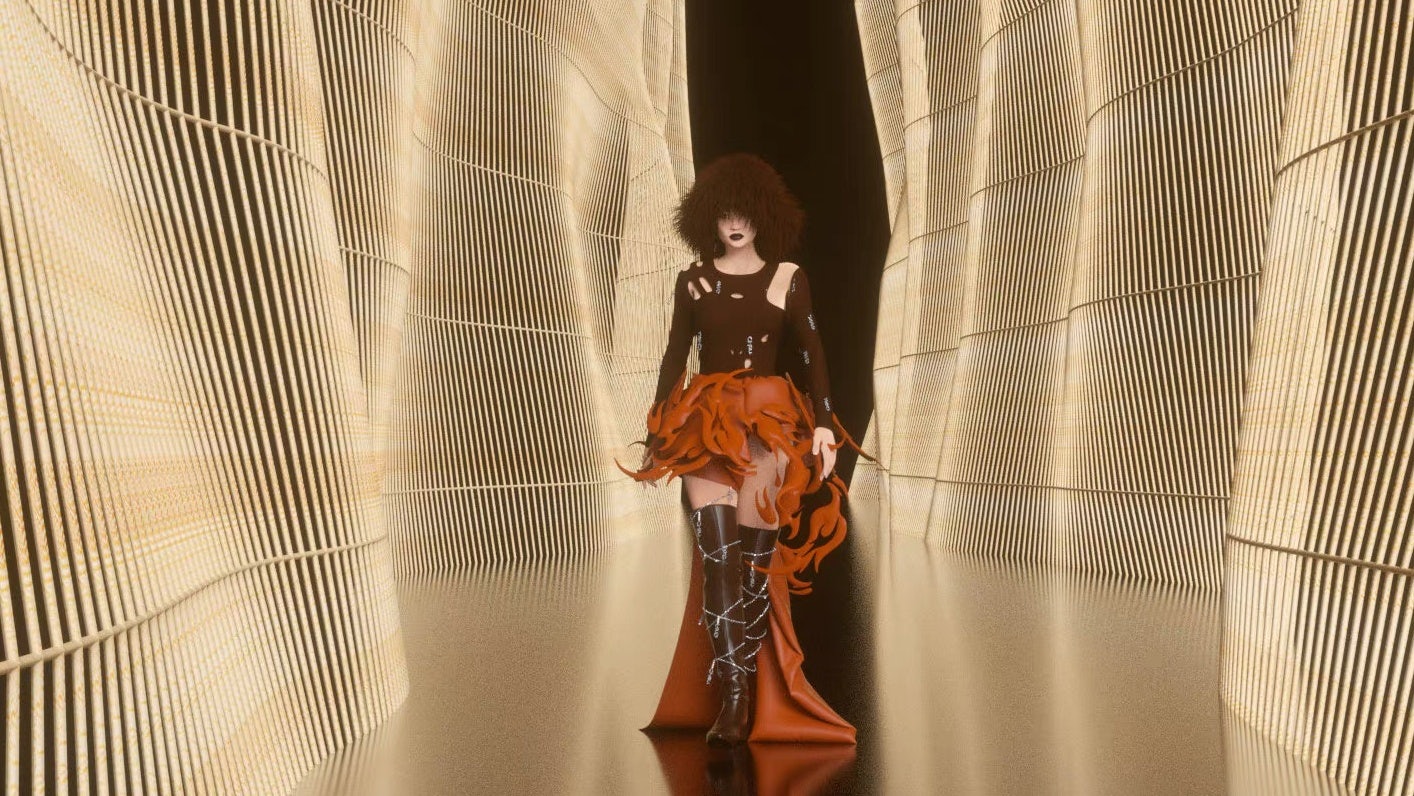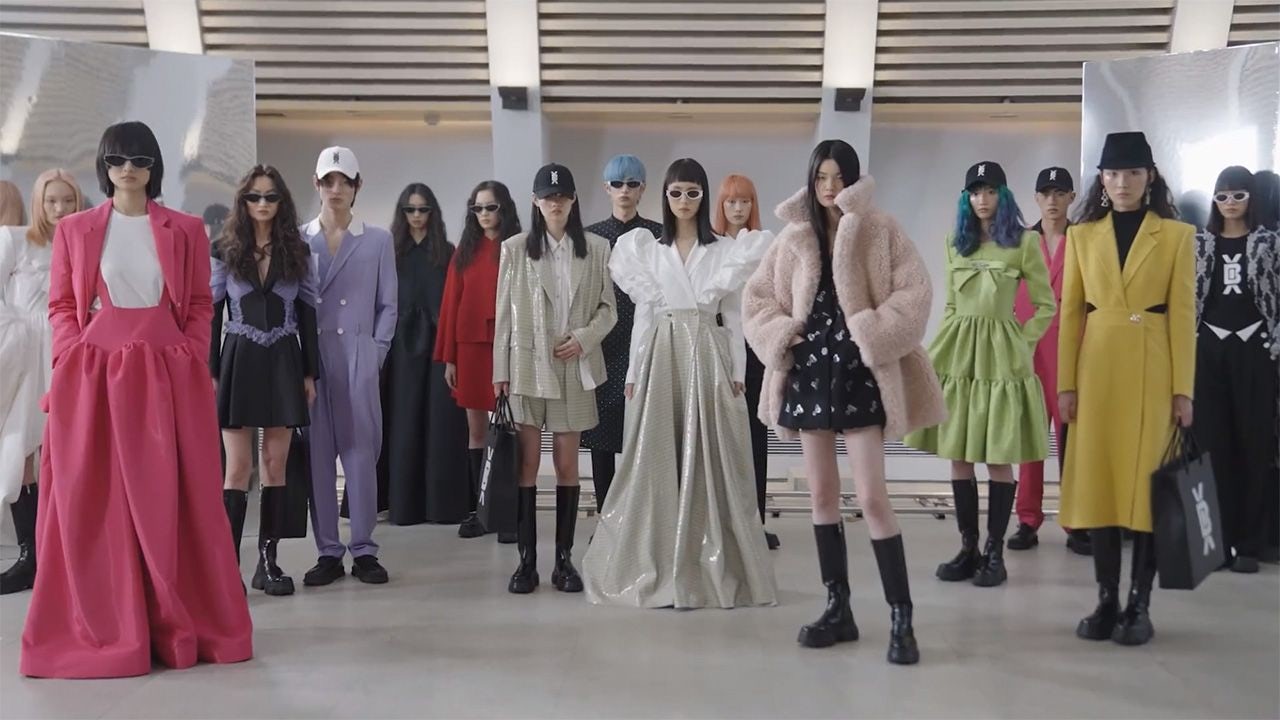What happened
From June 17-19, China’s fashion capital kicked off its first “Digital Shanghai Fashion Week” in cooperation with short video site Douyin. More than 30 brands participated and were broadcasted daily via a six-hour live show. Contributions were varied and dynamic. One of the highlights included Feng Chen Wang showcasing eight digital looks in collaboration with the metaverse upstart Inert Plan. Meanwhile, Lulusmile hosted a virtual fashion show on the Web3 social platform Roblox, and Yes By Yesir dressed hyper-realistic virtual influencer Chuan 川 in its latest collection.

As of June 20, the total number of viewers on Douyin exceeded 2.53 million. In terms of trending topics, #firstseasondigitalShanghaiFashionWeek# racked up more than 68 million views and #ShanghaiFashionWeek# accumulated 1.07 billion.
The Jing Take
The second wave of the pandemic has brought many challenges to the local fashion industry. However, it has also accelerated the pace of digitization. Rich digital formats have helped to close the distance between the public, designers, and brands, allowing more fashion enthusiasts to experience a brand’s new releases firsthand — opening Shanghai Fashion Week to a wider public. This year’s broadcasts were accessible simultaneously via WeChat, Weibo, and Bilibili as well as Instagram and YouTube.
This marks the first time a fashion week, let alone a Chinese one, has extensively incorporated the metaverse into its schedule to adapt a traditional show model to a digital audience. As a pioneer in the nascent virtual space, the 20-year-old Shanghai Fashion Week may open up infinite possibilities to its fashion-forward designers, who are mainly targeting digitally native fashion communities. While the four big fashion capitals have claimed an indisputable position in the real world, this might cause a reshuffle in Web3.
Amid the ongoing pandemic, fashion weeks have missed the offline participation of celebrities and KOLs to further drive traffic and exposure to the event. Additionally, the unique experience of wearing a garment, the expressiveness of clothing, and the physical feeling and atmosphere of offline showcases are not completely replaceable by online platforms. These are issues for all events pivoting to digital.
However, as General Secretary of Shanghai Fashion Week Organizing Committee Madame Lv noted in the press release, offline is still an indispensable and important format for fashion’s new product releases. “The status of offline events in the fashion industry is difficult to shake. But in the post-pandemic era, the advantages of digital fashion weeks will gradually be amplified and become a new force that complements physical fashion weeks,” she stated.
With the recovery of physical retail and offline activities, consumers will gradually return to brick-and-mortar consumption. But it is undeniable that the digital fashion week has opened up a new development direction for the local fashion industry. And, this is a milestone for the Shanghai Fashion Week's organizing committee. In the future, homegrown designer brands may explore hybrid showcase formats to best leverage the advantages of both online and offline.
But, despite the new digital experiments, Madame Lv knows very well where the crux of the events lies: “Of course, the brands’ designers are the main protagonists, but we hope to display the wisdom and the energy of a wider range of creative groups.”
The Jing Take reports on a piece of the leading news and presents our editorial team’s analysis of the key implications for the luxury industry. In the recurring column, we analyze everything from product drops and mergers to heated debate sprouting on Chinese social media.


